In the last section we covered what areas of our vehicle a police officer will target with their lidar guns: Headlights/taillights, grill, and license plates. Knowing this, we need to make sure that our laser jammers fully protect these target areas.
Front Installs
Lidar jammer heads each cover an oval shaped area of the car with a diameter of about 24 inches. For the most effective performance, you should try to space them out no more than 24″ from one another. Knowing this, here’s a look at what two jammers placed on opposite ends of the upper grill would look like in terms of coverage area.
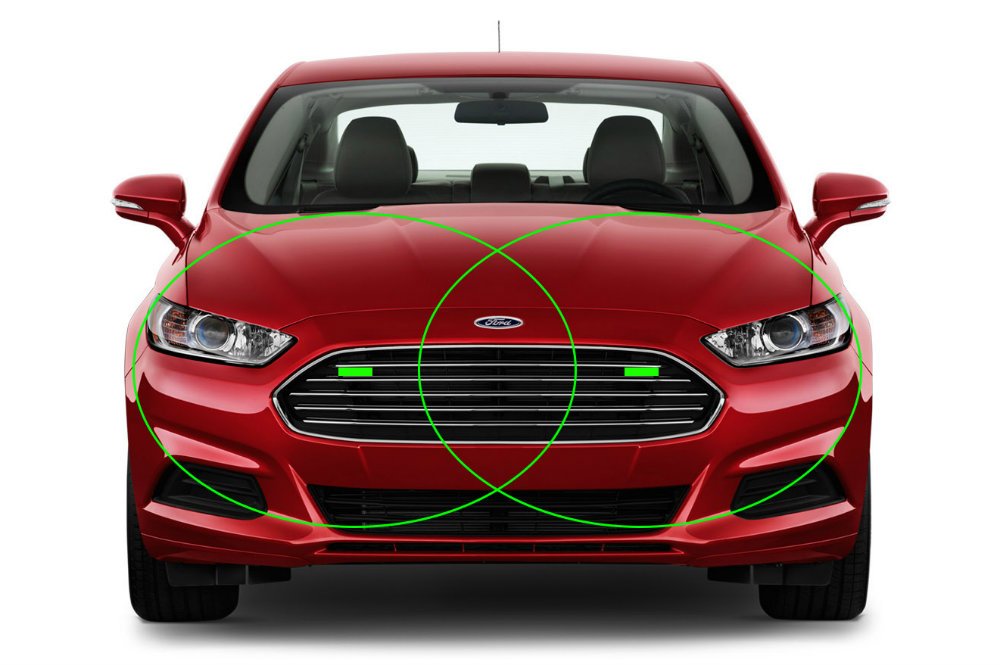
Coverage that two laser jammer heads provide
This is a textbook dual head setup. You can see the two heads themselves (the green rectangles in the grill) and the coverage they provide (the green ovals). You can see that they’re covering all the main target areas including the headlights, grill, front plate, and even down to the foglights.
Sometimes the grill makes it a piece of cake to install your heads. Sometimes some drilling and cutting may be required. Here’s a look at the dual head setup on my Miata. I’m not comfortable hacking up my own car so I had a professional do the work.

Dual ALP’s in the grill of a Miata
Allow me to explain a few key points of why this placement works.
- They’re far out enough to cover the headlight/foglight area.
- They’re close in enough to provide sufficient coverage for center mass / front plate shots.
- They’re up high enough so that as you first start to crest a hill, your heads are able to see over the hill too.
On some cars it might be far more convenient to mount the heads down lower. BMW’s with their vertical grill slats are a great example.
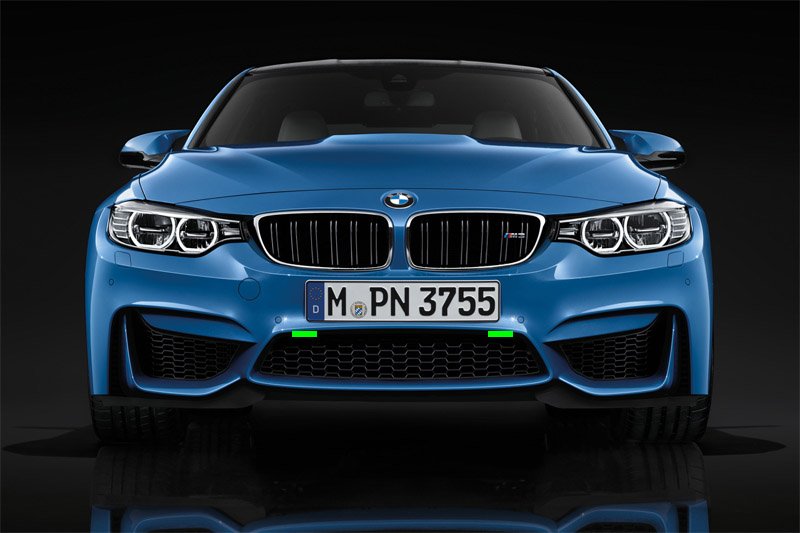
BMW M3 Dual Head Setup
One of the nice things about ALP’s is that their increased sensitivity means that we can get away with placement options like this that we weren’t able to before with earlier generation jammers. This used to be a no go before and while installing higher would be ideal, this install would still perform well in practice.
The normal heads need to be mounted horizontally which is why they need to be mounted in the lower air intake. They won’t fit horizontally in the vertical grill slats. However, if you use a Tx head in the center of the vehicle, you can install the normal heads vertically.

Two standard heads installed vertically with Tx head in center
- Standard heads must always be installed horizontally when not using a Tx head
- When using a Tx head, standard heads may (but don’t have to be) installed vertically
- Tx head should always be in the center of the vehicle
- Tx head should be at least 20″ above the ground to minimize reflections off the road ahead of you
- Tx head should be at least 8″ away from a normal head to prevent interference
If the car is larger or wider, two heads may not be sufficient to cover the entire area of the vehicle so 3 heads would be required, especially if you have a front plate far from the headlight area. Here are standard configurations for triple head setups.

Wide Corvette Stingray with Triples
In this install the two outer heads are spaced farther apart and the central head covers the middle area.
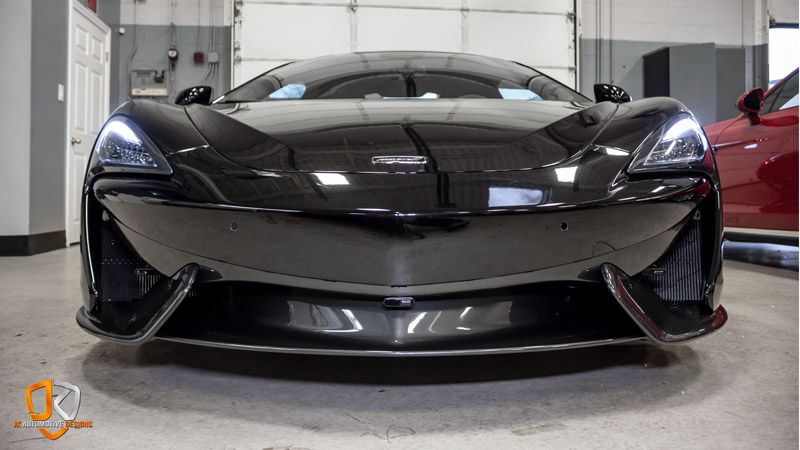
ALP triple on front of McLaren 570S (thx JK Automotive)
A similar idea works well for larger SUV’s and trucks. I’ve seen people get away with 2 heads on some SUV’s and it works fine since the ALP’s are quite sensitive, but 3 heads are generally the way to go.
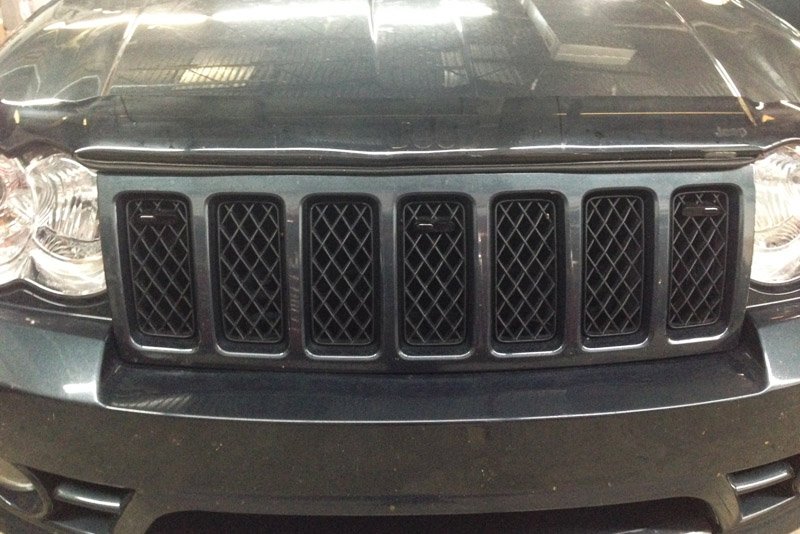
Jeep triple head install (thx @NickCartunesAtl)
In general you’ll want the 3 heads in line with one another, especially if you don’t have a front plate. Sometimes it’s not convenient to put the center head in line such as when you have a vehicle badge in the center of your grill.
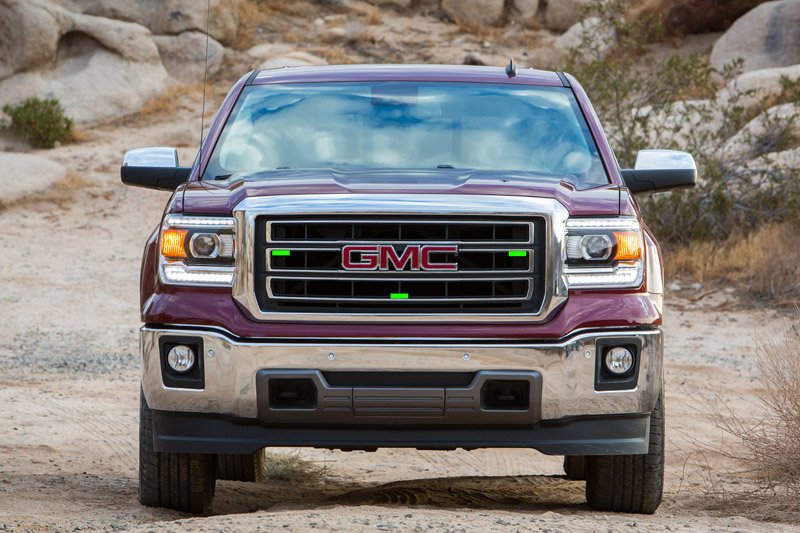
Triple Head Setup on a GMC Truck
If that’s the case, it’s okay to drop the center head down a little bit. +/- 6″ up or down is a good rule of thumb. A slightly lower center head can also help make sure you have your front plate covered well too, if applicable.
If you encounter the DragonEye, you can replace the center head with a Tx sensor.
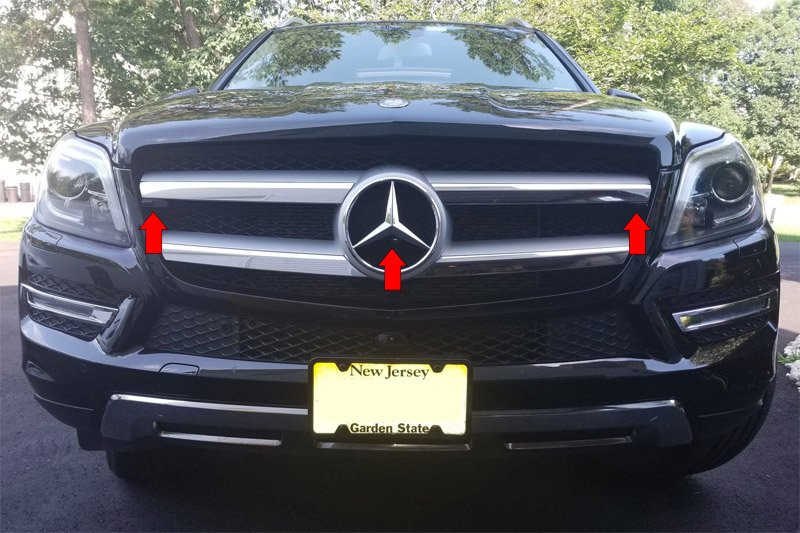
ALP Triple with center Tx head on an SUV (thx @BestRadarDetectors)
The Tx head has to be mounted at least 20″ above the ground to prevent reflections from the road up ahead. This is only an issue for sports cars that are lower to the ground and in that situation, if you have a wide but low sports car (like the red Corvette up above), you’re better off with 3 standard heads, even if you encounter the DragonEye.
If you don’t face the DragonEye you’re better off with 3 normal heads on a larger vehicle too.
Otherwise, if you face the DragonEye and you have the ability to mount a Tx head at least 20″ off the ground, go with the Tx head for the center head.
(In case you’re wondering, the ALP supports 3 heads up front max. There’s no way to do 3 normal heads and one Tx head up front for a total of 4 heads or to have multiple Tx heads on one side of the vehicle. Now technically it is possible to do 2 Tx heads up front, but that’s more for a possible future option. There’s currently no benefit to doing 2 Tx heads per side.)
Rear Installs
2 Standard Heads in the Rear
When it comes to rear installs, placement is pretty similar across different vehicles. Most people install just above the license plate towards the tail lights. It’s generally pretty easy to run the wires in through the license plate light area.
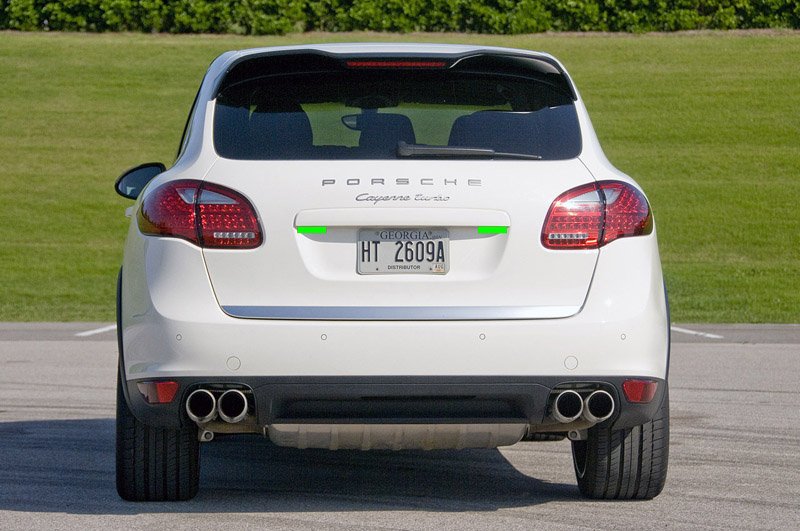
Porsche Cayenne rear head placement

Two ALP heads on rear of McLaren 570S (thx JK Automotive)
With some cars the license plate is way down low, far away from the tail lights. Take a look at the Infiniti G37.
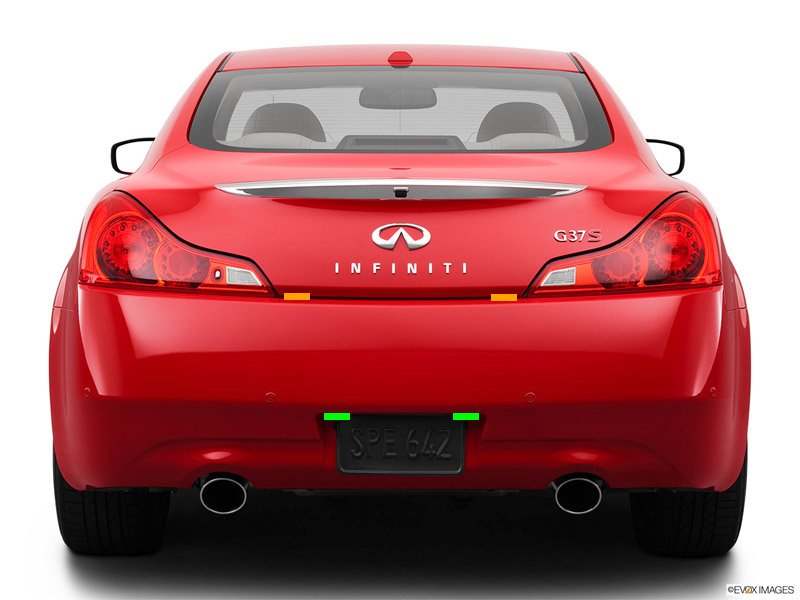
Infiniti G37 rear head locations
You’ll see here that the standard placement location in green just above the rear plate is pretty far away from the tail lights.
I’ve seen some cars struggle with this location, especially with earlier generations of jammers, and they’ve sometimes had to go for a higher location like the one shown in orange. They’d attach their jammers to their trunk itself and the heads stuck out the back. It was ugly, but it worked.
With the ALP’s, this is another area where the increased sensitivity helps. The lower location in green is more difficult for the jammers, but it can still work nonetheless. Make sure you test, test, test after you get your system installed! We’ll cover testing towards the end of this guide once you have your system installed and configured.
1 Standard Rear Head, 1 Tx Rear Head
On smaller vehicles that face the DragonEye where you can’t space the two heads really far apart, you could opt to use 1 standard rear head and 1 Tx rear head like this.
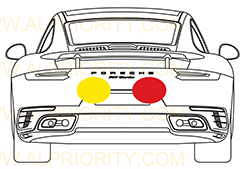
However, personally I would feel more comfortable having 2 standard heads in the rear for maximum sensitivity and laser detection and 1 Tx head in the center to really counter the DragonEye.
3 Rear Heads
For larger vehicles that would benefit from having 3 heads in the rear, the ALP CPU only has ports for two rear heads, but there’s a trick to getting 3 heads in the back. You’ll use 2 standard heads and 1 Tx head. The two standard heads will plug into a splitter which plugs into the R1 port. The Tx head will plug into the R2 port.
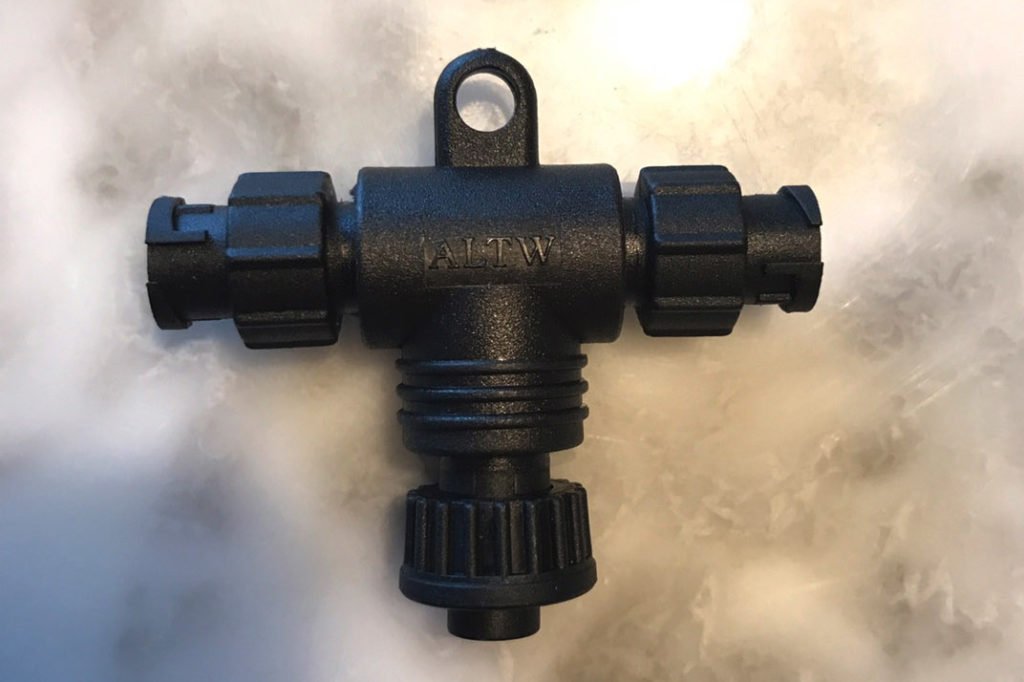
ALP cable splitter (thx @sschwar2)
Again the Tx head (red) will be in the center and the standard heads (yellow) will be off to either side.


- Rear Tx head always plugs into R2 port of ALP CPU
- Standard head or heads always plug into R1 port of ALP CPU
Fine Tuning For Your Specific Vehicle
The sample setups that I’m showing you here are basically designed to show you the ideal placement locations in ideal scenarios. When you take a closer look at your car you may find it tough to install heads here due to the shape and design of the grill, a lack of mounting locations on or behind the grill, not wanting to cut the grill, etc.
I would recommend sticking to these textbook locations as much as possible. That said, some vehicles aren’t jammer friendly and there’s no good way of installing your heads without cutting something up.
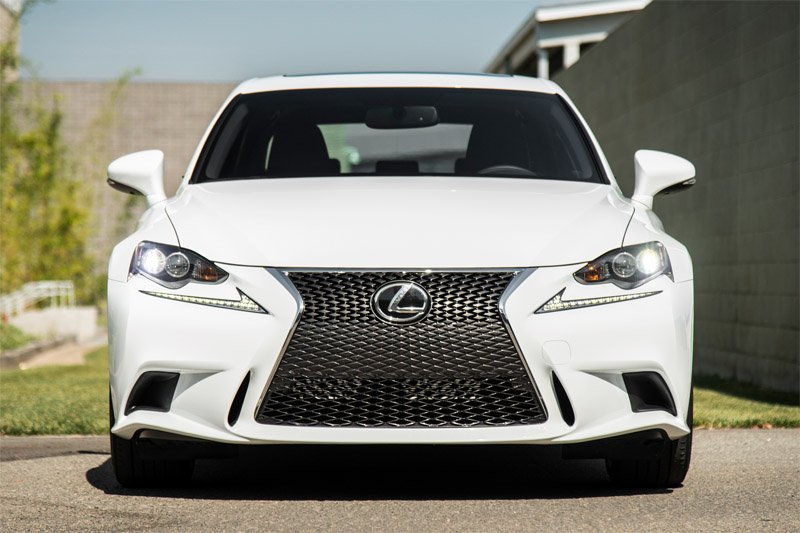
Lexus IS350 F Sport with a mesh grill
Even with mesh grills it can be done. Some people look into alternate replacement grills with horizontal slats or buy a second one off eBay that they’re more comfortable cutting into. Some people go into their factory grills. That said, it can be made to look good. Check out this install for example on an Audi S6.
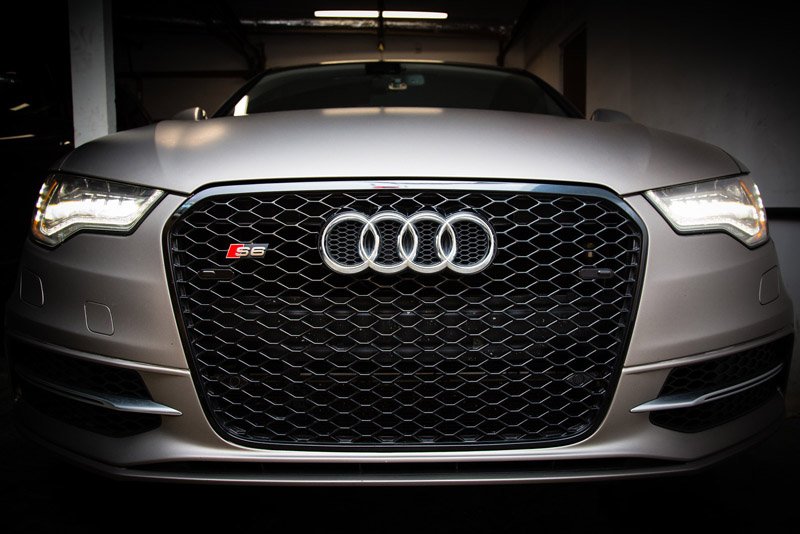
Audi S6 dual head setup (thx @S6Per)
I’ve also seen some creative installs where people have fabricated custom brackets to help their jammers blend in with their car better.
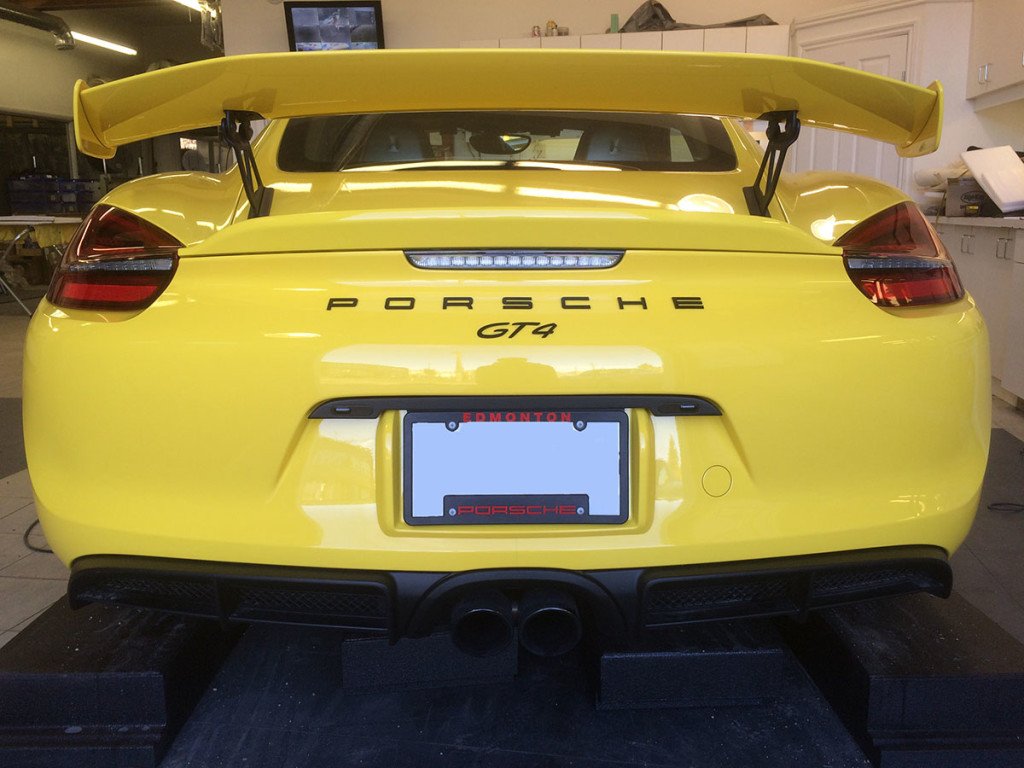
Porsche Cayman GT4 custom rear ALP bracket (thx @DeerHunter)
As you can see, each vehicle is different so we can’t say one size fits all, you know?
Getting Specific Recommendations For Your Vehicle
If you need help deciding on the best locations for your vehicle, you can post photos of your car up online on the Laser Jammer Placement Suggestions section of RDF and people will chime in with suggestions. You can also check out photos of other people’s installs in the Show Off Your Install section. (Not everyone installs their jammers well though so you can also take a look at people’s followup comments to see what they think about the installs.)
Now that we have a good idea of placement locations front and rear, let’s take a look at how the heads themselves should be installed to make sure they can properly protect you.
Continue on to Part 4: Proper Head Installation
ALP Setup Guide Sections:
- Why go with the AntiLaser Priority?
- Deciding how many heads you need
- Proper head placement
- Proper head installation
- Register your system
- Update to the latest software
- Configure your settings
- Get your setup tested
- How to use your jammers
- Installation & setup checklist
| This website contains affiliate links and I sometimes make commissions on purchases. All opinions are my own. I don’t do paid or sponsored reviews. Click here to read my affiliate disclosure. |


28 comments
Skip to comment form
With a 2016 Base cayenne, how many heads up front would be necessary?
Author
For SUV’s, you’ll want 3 up front.
I tried to call ALP today after 11am in order to buy the ALP with the Hifi speaker that is not in stock on the website, but no one picking is up the phone over there.
Author
Shoot Tom a PM on the forums. He’s BestRadarDetectors on there and he’ll take care you.
Thanks
I just ordered the ALP with 2 sensors and the Hifi.
I told him that I heard about it from you.
Thanks for all your help!
I have a 2007 Escalade. I have a quad LI right kmow. I want to get ALP 3 heads front and 2 back with Bluetooth and HIFI speaker. Should I buy extra cable? Where is a good spot for the 3 heads in front?
Author
For an Escalade you’ll need the extension cables for your two rear heads, yeah. As for exact placement suggestions, you can post a photo of your vehicle here (blur your plate) and people will chime in with the recommended spots: https://www.rdforum.org/forumdisplay.php?f=57
The heads on the Audi don’t appear to be level. Would that be a problem?
Can I use 3 or 4 laser shifter pro heads in the front knowing that the lsp interface has two ports for the front and two for the rear? In other words, will all three or 4 heads transmit if I was targeted, or would this setup “confuse” the unit into thinking I was being shot either in the front or rear (instead of simply the front) causing a less favorable diode defense response (one set or the other, but not more than two) all together? Help
Author
So the LSP is basically just an LI and LI’s would fire every head when shot. For this reason you could run 3-4 heads up front or 2/2 front/rear. ALP’s are different where they actually differentiate front or rear so if you get shot in the front, the rears won’t fire.
Thanks for the quick response Vortex. You do know your stuff. I rarely have questions since I’m a radar “guru” of sorts since I was 16 and I was thinking along with that logic. My only concern is that the lsp alert tone sounds as “front laser shifting” or “rear laser shifting” but not both. I have a little OCD going on lol and tested three heads with my LI remote tester and one message or the other is given, but not both (not that I expected a such voice alert)
I suppose I just wish I could see all heads firing with an IR lens of some sort to quell my nerves. Also
Two of my heads are 18.9 and two are 19.0. The LI info states that the 19 version is a higher power. I’m wondering if there is any real difference in terms of countermeasure defense…
Thanks again
Author
Yeah maybe the LSP’s are different? I kinda doubt it, but maybe they are doing something different with the bridge box. Since you have the LI tester, try this.. try pointing your cell phone camera at the LSP’s transmitters when they’re firing. Sometimes you can actually see the heads firing. 🙂 Doing it when it’s darker helps to see the diodes. Also some cameras are more sensitive than others (ie. the phone’s front camera may work better than the rear or whatever). If you can do that, you can try shooting the fronts and see if the rears trigger at the same time. 🙂
As for the 18.9 and 19.0, there shouldn’t be any difference in terms of performance. Those correlate directly with LI version 8.9 and 9.0 heads. I don’t know the differences between them since I’ve never run LI’s myself, but I’m sure someone in the forum can point out the differences.
Exactly. I tried using my phone to see if I could spot the IR, but to no avail. A superior digital camera might do the trick, but I don’t have one. I will try again in low level light.
Yes, the escort version of LI can be funky and distinctly different in ways only escort is aware of, due to their minor tinkering….from what I’ve read.
Eventually, I’ll be upgrading to an ALP and will be in touch. Your site is top notch.
Knowledge is power
Thanks my friend
Excellent guide, thank you! I’m about to do my first install.
Is the coverage a 24” diameter (as stated above) or radius (as I have read on radar forums)?
Would 2 heads in the front be ok for 2006 BWM 750i? Thinking they will have to be mounted lower to be mounted horizontal
Author
On a wider car like a 7-series, 3 heads would be recommended.
First, thanks for this detailed write-up. Amazing work man! Second, I’m looking at a tricky install. 2016 Lexus IS350 AWD non f-sport. 3 heads in the front. I’ve posted in the RDForums and was told mounting all 3 along the lower part of the bumper. Here a link to the thread…
https://www.rdforum.org/showthread.php?t=62150&p=862423&highlight=#post862423
I have not been able to locate any other threads regarding for this type of car. If I must, I can and will do whatever cutting is necessary to get the optimal coverage. I’m in Saskatchewan and there aren’t any folks to test with….wondering if you can point me in the right direction as far as proper/best placement for this install.
Thanks again!
For a Porsche 997.2, would you recommend 2 or 3 heads up front? I have a front plate. I finally want to remove my Blinder unit and replace it with ALP. Thanks for all of your work!
Author
With the headlights on a 911 being so far away from the center grill, I think you’re better off going with 3 heads up front.
What issues have you encountered with rear facing poliscan laser cameras on a sharp angle from the road side in regards to jamming intime to prevent a ticket? For example, does the unprotected ‘side’ of the vehical register a speed before the cameras has been jammed by the back sensors? I live in western Australia and these type of cameras are now everywhere, hiding behind trees, bus stops etc. I have an ALP ( only three sensors) and im trying to deside if i should just focus on the back of the vehical with all three sensors ( installed in the front ports obviously) or if i should just give up on the back of the car and just protect the front. The biggest risk of tickets here are the poliscan cameras.. Police with hand held laser are rare, and to be honest, i dont want to jam a cop on the road side considering the ticket is $1200 for using a jammer. I look forward to your insite in regards to these annoying rear cameras. ( i have a pick-up style truck with a large surface area front and back.)
Author
Here ya go: https://www.rdforum.org/index.php?threads/76835/
Thoughts – ALP TX sensor placement behind glass on the interior of an SUV (g class Benz to be more specific)? Other than drilling through some very expensive sheet metal panels, no other good location above bumper height.
Author
Please don’t do that. These aren’t the type of devices that you want right by your eyes when transmitting. Please install them in your grill area somewhere. I get that there’s not always a good place to install them, but there are options with putting it in the Mercedes logo and whatnot if you search around. You may need to have a professional integrate it and make it look nice. It is possible.
Sorry, looks like I omitted key word in my question – “rear” of car, not front. Already had numerous confirmations here that the glass will reflect the light, and therefore not a food option.
Hello and thanks for a great website and helpful research.
I am buying a 2021 Porsche 911 Turbo S. The dealer says they can have radar and laser installed for me after delivery. They recommend a K40 setup – but I’m seeing here and elsewhere that they don’t perform. You recommend stand-alone ALP (I think 3 front, 3 rear, Tx?. I’d also like to install great radar detection. What does this double-install look like? Any better way? I use a Redline 360c on my Jeep’s windshield, it seems to work well – but I’d like great radar AND jammers on the 911. Ideas? Thanks!
Author
Yeah I wouldn’t recommend the K40 system if you’re looking for high end performance and features, but it’s ultimately your call. 🙂 The standard setup is a radar detector like the RL360c for radar coverage and then laser jammers in your grill for laser protection. You’ll need both ultimately, not just one. For the 911, make sure you stick with 3 regular heads up front and skip the Tx head since the front grill area is low to the ground. The ALP w/ RL360c is a killer setup.
Hi, thanks for the great resources you take the time to put together and make available! Any thoughts on placement and number of heads for electric vehicles like Rivian and Tesla that don’t have a front grille, specifically, I’m looking to add front and rear protection for my Rivian R1T. Thanks!
Author
For placement sections for your Rivian R1T (awesome truck btw) or any specific vehicle, you can always book a private session with me, or you can ask on the forums as well.